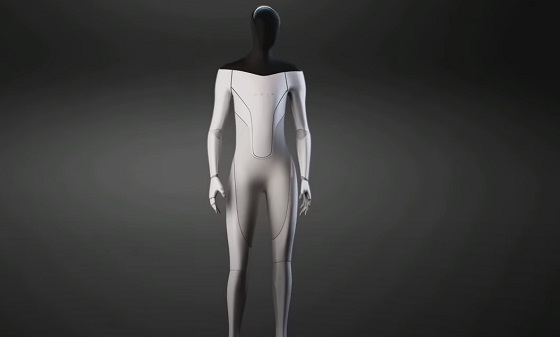The global humanoid robot market is anticipated to grow significantly in the next decade, according to a recent report by Research Dive. The expected growth rate of 7.7% will take the market from its current value to a projected total of $609.5 million by 2031. The increase is attributed to the growing demand for advanced humanoid robots in manufacturing and personal assistance roles worldwide.
Humanoid robots are increasingly seen as a valuable tool in manufacturing processes, where they can increase yield and save labor costs. Their rising adoption in the defense sector for providing battlefield intelligence also underlines the expansion of their usage scenarios. In personal assistance applications, these robots can help individuals in their daily life, from basic household tasks to specialized care support for the elderly and disabled.
Despite these promising developments, there are hurdles that could potentially hinder market growth. The cost of these robots remains a significant barrier to their wider adoption, and a lack of investment in research and development could slow the pace of innovation.
The Covid-19 pandemic also had an impact on the humanoid robot market. The disruption of global supply chains in the first half of the pandemic hindered the manufacturing of robots. However, the crisis also revealed new applications for humanoid robots. Demand increased in the medical sector, where robots were used to deliver food and medicine to patients, reducing the risk of virus transmission to healthcare staff. Humanoid robots were also utilized for tasks such as thermal scanning and sanitizer distribution, further underlining their potential value in public health applications.
The Asia-Pacific region, in particular, is expected to present significant growth opportunities in the coming years. This can be attributed to increasing investments in robotics and artificial intelligence technologies by several countries in the region, and a high level of interest in adopting these technologies in various sectors, from healthcare to manufacturing.
While the humanoid robot market faces certain challenges, the broadening scope of applications and the increasing demand for such robots worldwide, especially in the wake of the Covid-19 pandemic, indicate that the future of the market could be promising.

